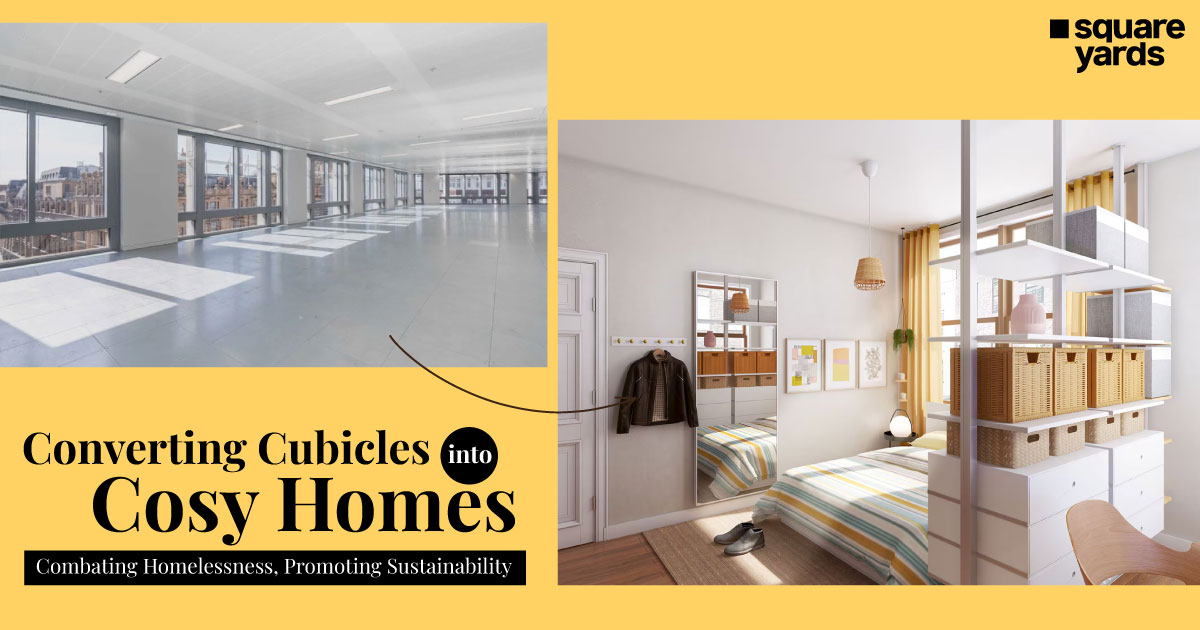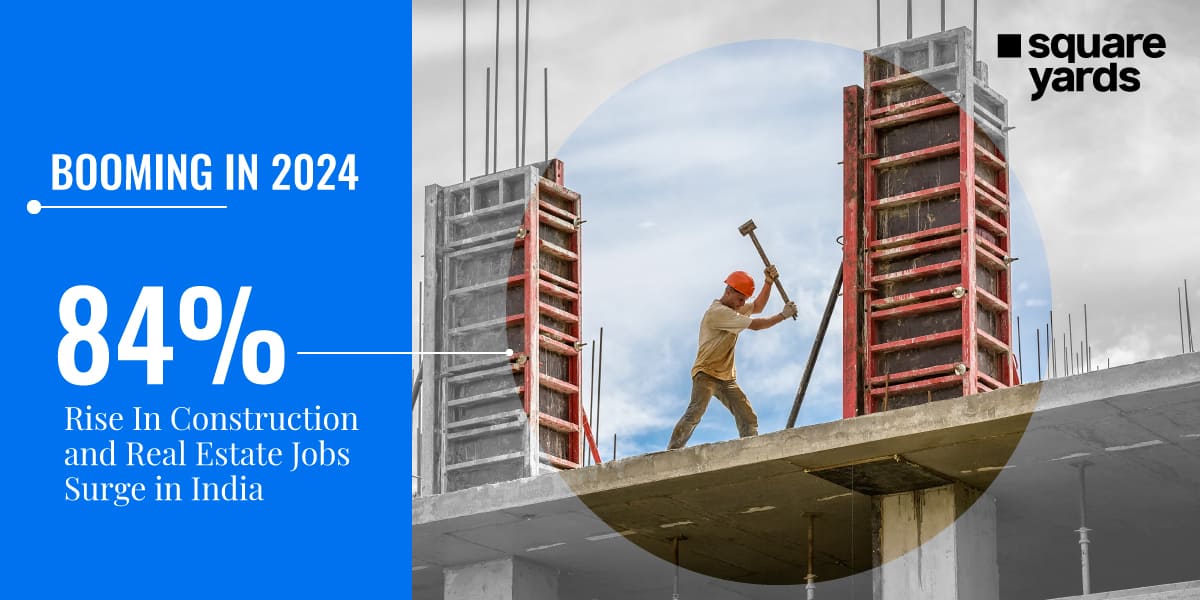Images of a recently unveiled building in Gurgaon by real estate giant DLF have gone popular on social media, bringing attention to the issue of people hurriedly purchasing Rs 7-crore apartments. Looking at the picture, you can tell there is a sizable gathering of interested home buyers.
As per industry sources, despite the firm not publicly disclosing sales or income totals to present, the overwhelming response DLF has gotten since its pre-launch on February 15 has already generated more than Rs 1000 crore.
At Gurugram’s Golf Course Extension Road, DLF has launched a pre-launch of its project, The Arbour in DLF SixtyThree. According to industry estimates, DLF has already received interest for more than four times the project’s initial 1,100 luxury flats, which were launched by the business.
The starting price for 4BHK flats is roughly Rs 7-8 crore, referencing the company’s document.
The enormous response, according to analysts, could have something to do with Gurugram’s restricted supply of projects. The previous project that saw such hype was Crest and Camellias on Gurugram’s Golf Course Road.
One of the main reasons why this project is receiving such a great response, according to Santhosh Kumar, Vice Chairman of Anarock Group, is that there haven’t been many housing projects by big, publicly traded developers in Gurugram over the past four to five years. Furthermore, since the pandemic and general slowdown in the NCR housing industry over the past few years, it has been observed developers generally limit new production.
According to Anarock’s data, the total number of new units in the NCR decreased by 20% in 2022, from 31,700 units in 2021 to almost 25,360 units in 2022. A project launch by a sizable and listed developer is acquiring a lot of traction in the context of the region’s limited new supply and strong momentum in the luxury market. Also, the pandemic has the least effect on this group of homebuyers, he continued.
The government’s recently proposed capital gains cap, which would go into effect starting with the new fiscal year 2023–2024, was mentioned by Kumar as another potential explanation. While there was previously no cap, the deduction for capital gains on investments in residential homes has been capped in 2017 at Rs.10 crore, which could be detrimental to this market.
In essence, this means that if a person sells a home and makes more than Rs 10 crore in profits, the most they may earn from an investment in another property is up to Rs 10 crore. Taxes will now be levied on capital gains above Rs 10 crore. To consummate a contract before the current fiscal year closes, many must have been encouraged by this provision alone.
The Group CFO of Housing.com and PropTiger.com, Vikas Wadhawan, stated, “This is not an isolated incident. Due to the tremendous demand from both consumers and investors, several grade-A players are getting overwhelmingly positive reactions to their luxury housing projects.”
“There has been a noticeable increase in luxury spending in India following the epidemic, and this area of the real estate market is doing particularly well following the pandemic as more high net worth individuals and NRIs line up to invest in high-end real estate due to increased purchasing power. In 2022, compared to buildings priced within the Rs 1 crore price range, the demand for properties valued beyond Rs 5 crore grew quickly, according to our statistics.”






















